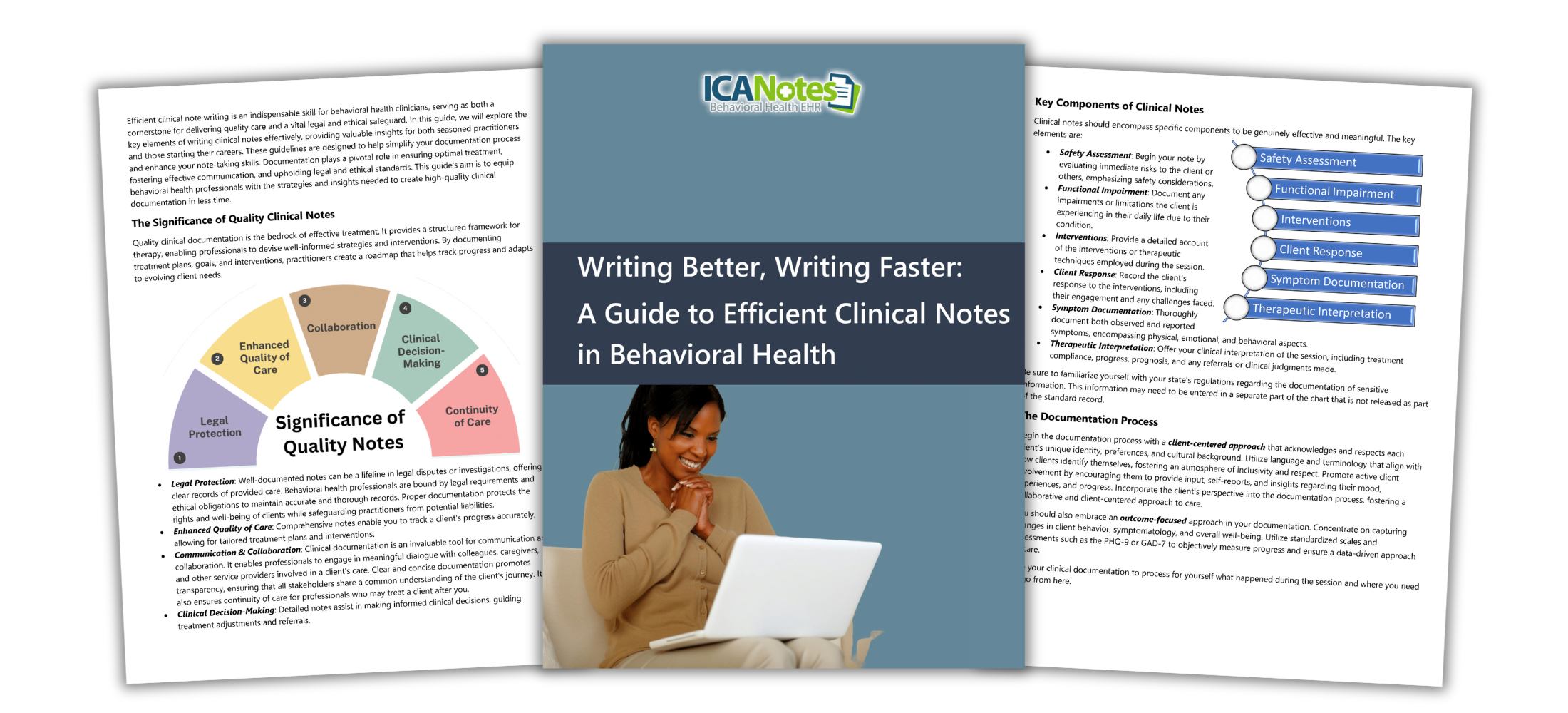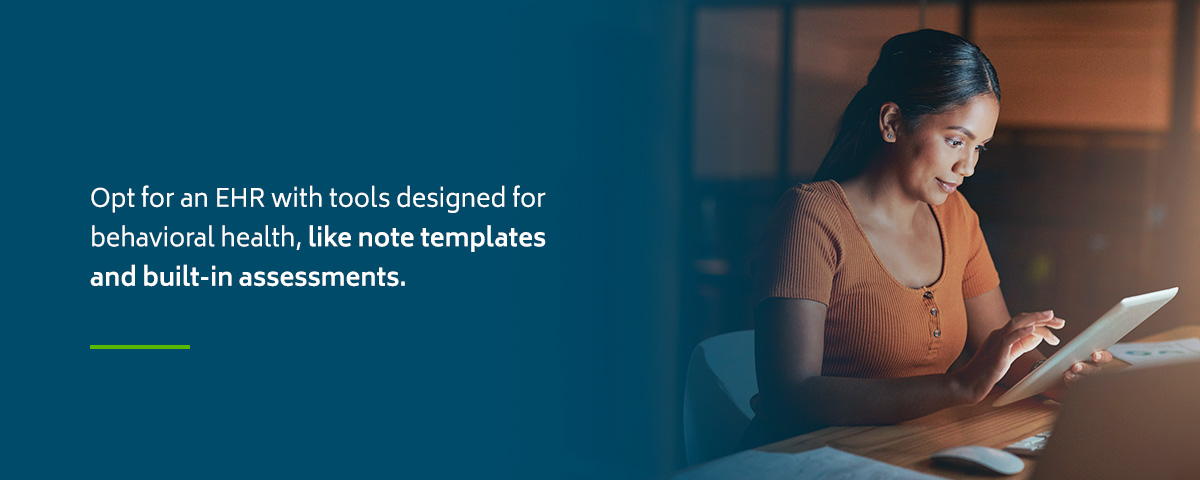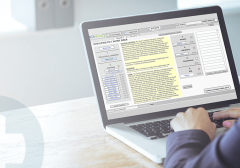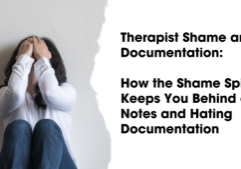How to Prevent Documentation Errors in Healthcare
For better or worse, documentation is a significant part of every clinical workflow. When done right, providers stay on the same page and get a complete picture of a patient's health to help guide treatment and analyze results. Reimbursement processes go smoothly, and providers reduce litigation risks.
But when documentation errors in healthcare occur, they can cause significant problems and even risk the patient's safety or privacy. Even if the patient stays healthy, healthcare documentation errors take time and money to fix, and they could lead to punitive action from governments or lawyers. Patient portals now allow the patients themselves to access records and chime in on your documentation practices.
Still, you have a lot of notes to write — how are you supposed to perfect them all? Knowing how to prevent medical errors in healthcare means setting up a system that simplifies the process, catches errors and helps you stay organized.
FREE Download: Write Better Notes Guide

Common Types of Documentation Errors in Healthcare

The definition of healthcare documentation errors can be a little fuzzy. Many providers think their notes are perfectly fine, only to learn at an audit they've been leaving out key details for years. Perhaps you rely on copy-and-paste a little too much, or maybe you think that you can use acronyms as long as you understand what they mean.
Remember that healthcare documentation serves many purposes. It helps providers track progress and make diagnoses, of course, but it also covers them if someone were to take legal action, helps other providers understand a patient's situation, supports research goals and informs reimbursement decisions. In the eyes of many, if it isn't in the chart, it didn't happen. Accuracy is essential for meeting these potential purposes.
Errors can come from many places, but some common examples of medical record errors include the following:
- Simple typos that change the meaning of a word, such as substituting "hypo-" for "hyper-"
- Transcription errors
- Omissions, like forgetting to log a patient concern or a discussion that happened over the phone
- Inaccurate inclusions, like documenting a discussion of risks that did not occur
- Incorrect medication instructions
- Using abbreviations — which can have multiple meanings — or non-standard terms that can cause confusion
- Making entries into the wrong patient's chart, such as for patients with the same name
- Entering the wrong demographic data, such as an incorrect address and phone number
- Entering the wrong diagnosis
- Vague or subjective language
In some cases, providers need to simply change their wording. Other documentation errors call for more systemic changes, like implementing identify verification procedures or shifting away from dictation-oriented processes.
Consequences of Poor Documentation in Healthcare
When you work with so many notes, it can be easy to see them as a cumbersome administrative task and lose sight of the importance they hold in the healthcare system. Without accurate notes, patients, providers and the general public can face concerns like:
- Negligence and malpractice: Poor notes can result in charges of negligence and malpractice, as they fail to reflect the patient's medical needs.
- Insurance coverage issues: An inaccurate diagnosis or treatment code can cause a patient to be denied necessary coverage.
- Inaccurate treatment decisions: Misdiagnoses, medication interactions or other adverse effects may come from poor documentation practices.
- Poor communication: Documentation issues can impede collaboration between providers, departments and other facilities.
- Unnecessary or inappropriate testing: Incomplete or inaccurate records may lead a doctor to order a duplicate or unnecessary test.
- Inhibited research and population health initiatives: Charting often contributes to medical research, so poor records can hurt those efforts and stifle innovation. They can also make it difficult for organizations to collect accurate population-level data.
- Reduced reimbursements: Insurance companies often turn to documentation to determine the validity of a reimbursement. If your notes aren't suitable, they may deny payment.
How to Prevent Documentation Errors in Behavioral Health
Remember, your documentation doesn't need to be perfect, but you still need to hit on key elements while avoiding common errors. Here are some tips on how to improve documentation in healthcare.
1. Use an EHR

If you're writing notes by hand, your opportunity for error goes up significantly. Your notes might not be legible to others. They could get destroyed if you spill a cup of coffee. Even if you type everything up, your computer could be hacked or lost, leading to security violations. An electronic health record (EHR) that's designed to meet security protocols and help you work more efficiently can eliminate all of these problems.
2. Make Your Writing Specific, Objective and Consistent
By meeting these criteria, you can make sure your notes meet their goals and allow everyone to read them efficiently and effectively. Include all relevant details and avoid any subjective language. Don't use non-standard language, either, such as unclear acronyms or anything that doesn't make sense to someone who's not you.
Make sure your medical records stay consistent across all patients. In other words, don't adjust your practices to accommodate different patients. If one has a more lenient insurance provider than another, both patients need to receive the same level of detail and documentation.
3. Create Correction and Modification Procedures
If you ever need to add to a record or change it, make sure the modifications are clear. Strike through the wrong entry and date and initial the new information. Provide a reason for the change, even if it's as simple as forgetting to include it during the session. Opt for an EHR that automatically creates access logs and tracks changes to provide audit-ready data. Make sure your staff knows how to correct documentation errors.
About one in five patients found errors in their medical records, and 40% considered it a serious issue. Be transparent with your patients and tell them how to notify you if they think they've found an error.
Benefits of Keeping Electronic Health Records

While you'll still need to ensure you write good notes, an EHR can drastically reduce your chances of making documentation errors. Better yet, opt for an EHR with tools designed for behavioral health, like note templates and built-in assessments. They can help you minimize typing and focus on quality. Plus, if your notes are entirely digital, you won't need to keep track of half-electronic, half-handwritten notes.
Some other benefits of an EHR include the following:
- Accuracy: EHRs are built for writing good notes, so you can find many useful tools to help you avoid problems, like billing verification and charting resources. They allow for a seamless transfer between institutions and can help everyone stay on the same page, which is especially important for patients who receive care from multiple providers such as a psychiatrist, a counselor and inpatient facilities.
- Privacy: Psychotherapy notes are sometimes treated with extra care due to their sensitive nature. A behavioral health EHR can separate them, adding password protection and preventing them from being seen through an online portal.
- Reduced costs: Errors can come with fines, legal problems or more labor needed to fix them. An EHR can help you avoid healthcare documentation errors and boost efficiency through other means, like automatic coding, reporting and billing.
- Better outcomes: A behavioral health EHR can help you improve patient outcomes with better notes, built-in assessments and communication tools. Analytics also allow you to learn more from your patients and identify areas for improvement.
- Visibility: An EHR can connect your notes to other parts of the patient record, like recent assessments, prescriptions, visits with other providers and upcoming appointments.
Find Out How ICANotes Can Help Providers Avoid Documentation Errors in Healthcare
You didn't go into the field to worry about your recordkeeping habits. ICANotes is built for the behavioral health environment, so you can focus on helping your patients, not creating perfect notes. Our intuitive platform has specific tools for different professionals, with templates for psychotherapists, psychiatrists, psychiatric nurse practitioners, social workers, and case managers. Build your notes with customizable point-and-click templates, specialty-specific resources and a fully compliant workflow.
You can explore ICANotes online, or reach out to us today to ask questions or request a live demo!










